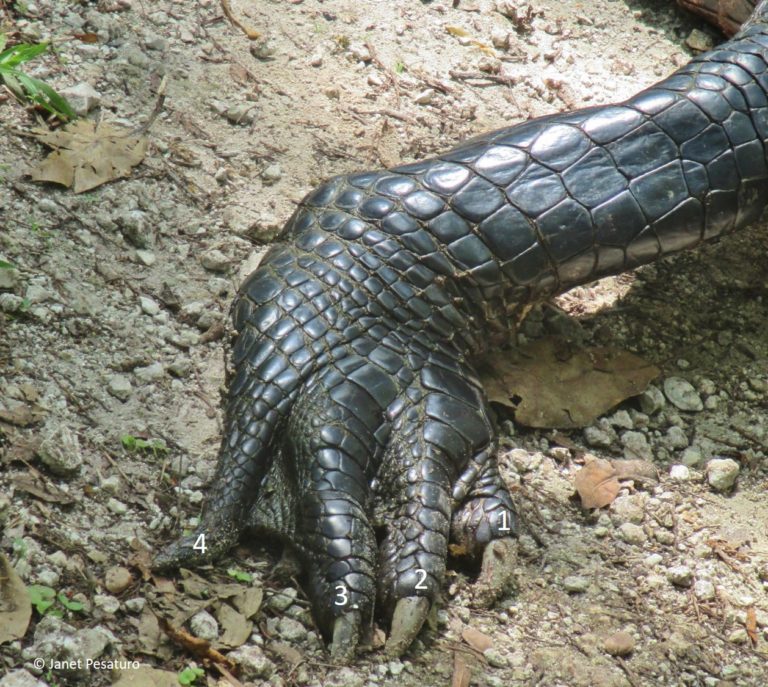ALAMOSA, Colo. —
High in the San Luis Valley of Colorado, the jagged snow-capped Sangre de Cristo Mountains to the east and the looming San Juan range to the west form a kind of cold sandwich.
Snow falls in buckets in this wide, flat valley and when the cold comes, it stays. There are nights when the mountains hug the cold tight until the temperature dips well below freezing.
On a very cold day here, all you can see in Erwin Young’s pond are dozens of pairs of craggy nostrils breaking the water’s surface. Here at 7,500 feet, where ski racks and tire chains are de rigueur, Young is growing gators.
They are the polar opposite of the proverbial snowball in hell, these snarly, crusty snappers, and they are 2,000 miles from the swamps and lazy rivers of home.
On a clear day, Young’s gator pond looks like a swarming pile of blown-out truck tires as alligators pile on top of each other two and three deep to soak up the sun. The pond looks out on stunning 14,000-foot peaks iced with snow year ‘round, but the gators aren’t here for the view. What brings them so far from home is 87-degree water that feels just like the bayou--and all the fish guts they can eat.
But how did they get here?
*
Young is a construction worker who started raising fish for commercial sale decades ago. Now he’s in his 50s and his fish business is doing well enough that he can lay down his nail gun and pursue fish farming full time. Much of Young’s success can be attributed to Rocky Mountain White Tilapia, a breed of freshwater perch he developed a few years ago on his 80-acre farm, north of Alamosa. The perch grow in the balmy water piped onto the property from 2,000-foot-deep artesian wells. He sells fresh fish to markets in New York, Chicago, Houston and Canada.
Young expects that as Tilapia--a standard now in restaurants across the country--becomes even more popular, grocery stores and fish markets will want fillets, and so he is building a processing plant.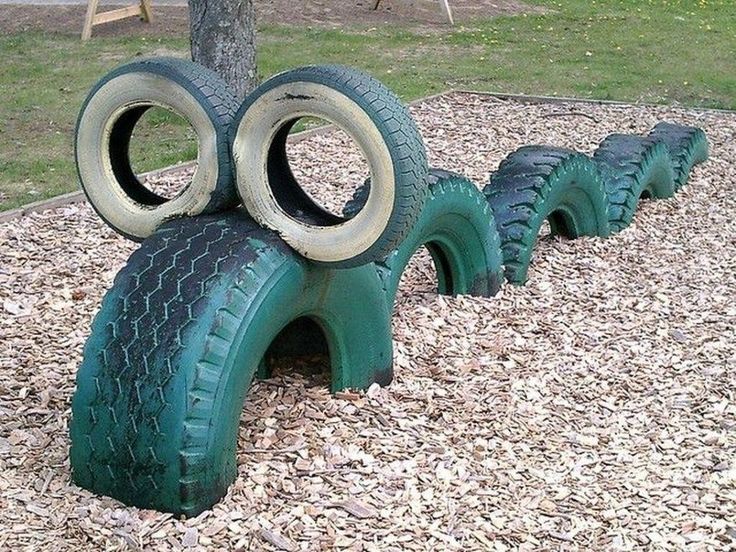 And hand in hand with a fish processing plant come bushels of leftover fish heads, innards and bones.
And hand in hand with a fish processing plant come bushels of leftover fish heads, innards and bones.
Young could have just ordered another dumpster. But he is a man who loves critters and has an eye for creative recycling, even if he would never call it that. Young is a man given to plaid shirts, gimme caps and few well-chosen words.
Fish guts don’t appeal to many, he’ll admit. “But,” he says, “alligators do love them.”
And so the alligators came to town.
And they are a sight.
Behind a 5-foot-tall chain-link fence just outside the fish production plant, a 12,000-square-foot pond holds an almost cartoonishly large collection of grizzled gators observing no rules of personal space or decorum. They crawl over each other with a crackling sound that reminds visitors to moisturize their elbows as soon as they get home. They hiss and occasionally snap at a passing fish or the errant duck unwise enough to land inside the fence. They sit with their mouths frozen open for minutes on end.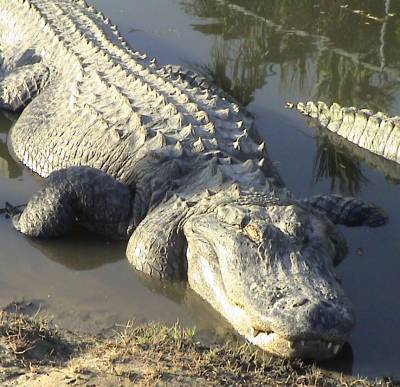
It is a sight few, even those from gator country, have ever seen. The only sizable alligator population outside of Florida, Louisiana and East Texas might have caused quite a commotion in other communities. But this is the San Luis Valley, where atmospheric conditions seem right for attracting the odd. Within a few miles on the valley floor are a buffalo ranch, the highest sand dunes in North America (a few adventurers ski on them in the winter), and groups of Hindus, Buddhists and even Denver Broncos fans.
Still, Young wasn’t sure how the neighbors would react to a group of alligators making a beachhead on land that has grown nothing more interesting than potatoes and wheat. So he kept his herd a secret at first. The first shipment came in a truck from Florida in 1986. The little gators were only about a foot long and could be handled by one set of hands. Young put them in tanks inside a large metal building, piped in the warm spring water that flows throughout his farm, locked the door and swore his employees to secrecy.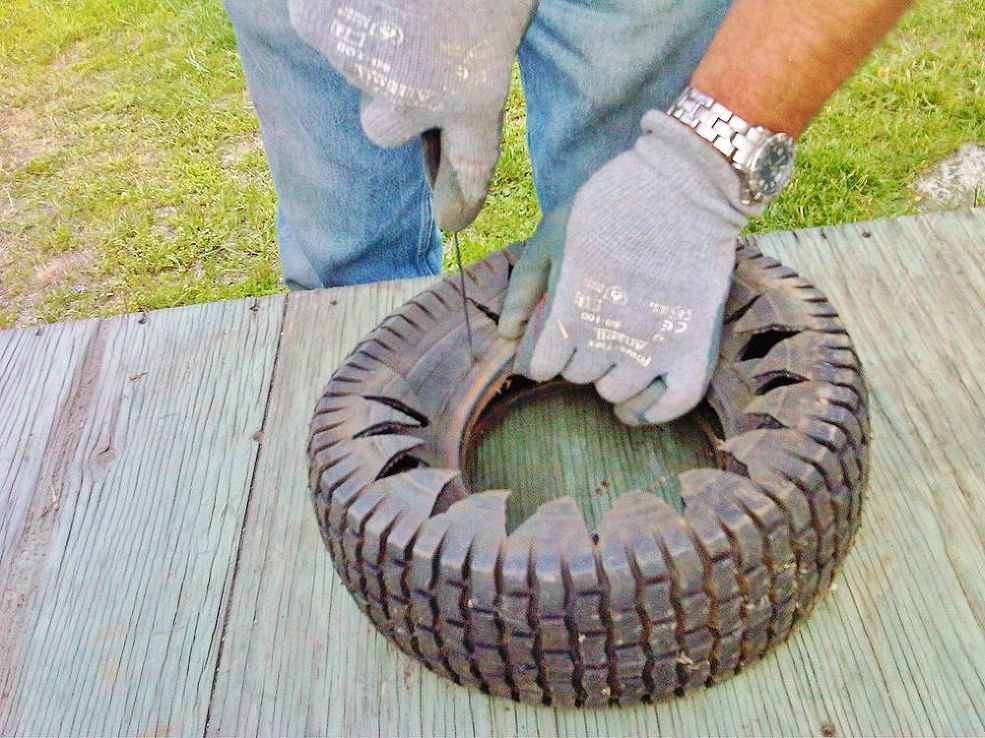
But the alligators grew, and Young bought more. Keeping 80 alligators a secret in the Rocky Mountains is about as easy as keeping a ski resort under wraps in the Everglades. Pretty soon word got out that there was something unusual going on in that building off Highway 17.
Interest intensified when Young began experimenting to see whether the gators could survive outside in the kind of weather that made Patagonia famous.
Young dug out a pond, enclosed it with chain-link fence and brought a few gators outside to experience a Colorado winter. That was more than three years ago, and since then all of the gators have moved outside and nearly all have survived.
The alligators are 7 years old now, and the biggest is 9 feet long. They thrive on plenty of dead fish, a high-protein commercial chow called Alligator Pellets and an occasional dead cow from a friendly neighbor. In the past two years, Young has lightened up on the raw beef, though.
“They were getting pretty vicious,” he says.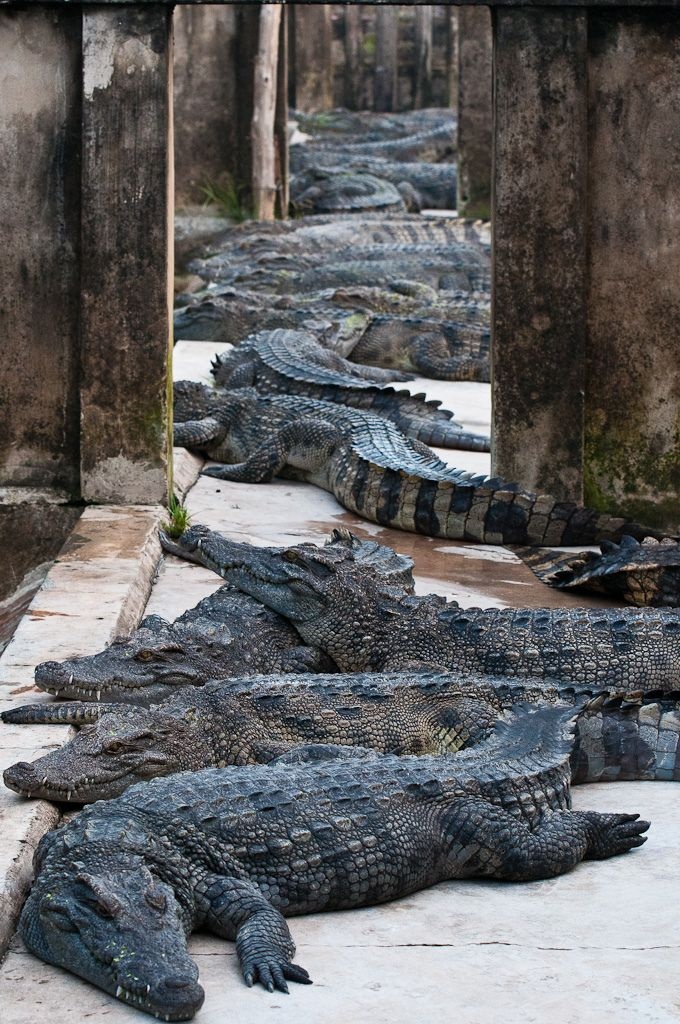
And Young wants nice alligators, not snappy ones, because he now has a new business--the country’s (maybe even the world’s) only mile-high $2-a-head alligator tour.
*
Before Young got his first alligator, he didn’t know much about nature’s most caricatured reptile. Now, he or one of his employees--always happy to take a break from the fish plant--are ready sources of information about alligators for curiosity seekers drawn to the farm by a simple sign on the highway: SLV Alligator Farm.
Some alligator facts:
They’re big.
Male alligators can grow to be 12 feet long and weigh as much as 600 pounds. An average male is a few feet taller than Shaquille O’Neal and weighs twice as much. Female gators can top 9 feet in length and weigh more than 160 pounds.
They’re shy. You’ll probably never see an alligator in the wild--unless you’re a tasty wild pig. Wild alligators sense people coming, duck underwater and swim away. The only time they attack is when frightened or threatened.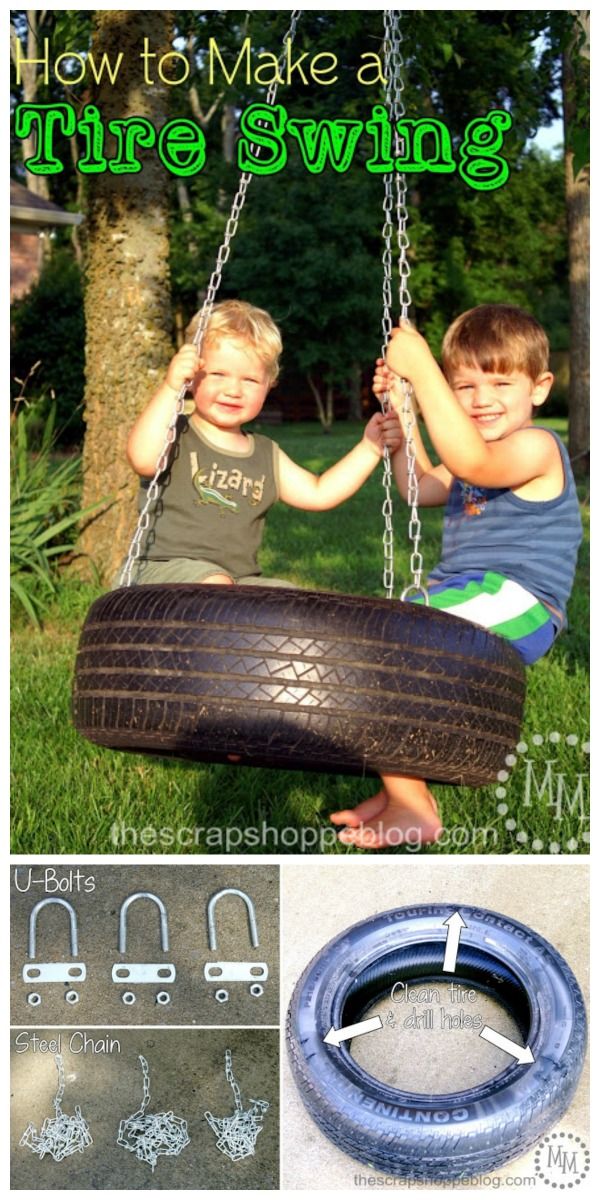
They’re not crocodiles. Alligators are related to crocodiles, but they are a whole other beast. The difference is mainly in the snout and teeth. Alligators look as if they made those adolescent trips to the orthodontist and dutifully wore their retainers. Crocodiles have overbites and dry skin.
*
When tour groups come to the alligator farm, they pass tanks of snowy white Tilapia, big fat catfish and Brazilian bullfrogs. Then they see the baby alligators--only four feet long but capable of taking off an arm. Then it’s outside to the main attraction, the alligator pond.
On the way, Young or one of his employees will reach into the maze of geothermal well-fed channels and grab a dead perch. Then he’ll gather the tour next to the fence where the alligators look like they’re napping, their eyes squinting in the sun. Young throws the fish over the fence and-- swomp --a half-dozen pairs of jaws shoot open and clamp down tight. It’s over before the tourists have a chance to squeal and one lucky alligator has a snack.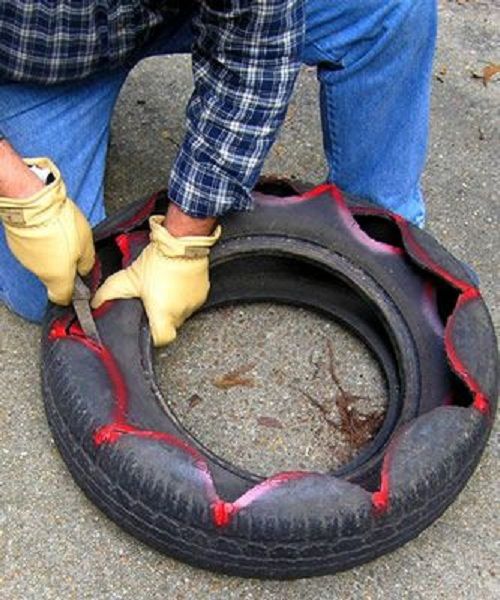
Young and his gators have been embraced by the Alamosa County Chamber of Commerce, which has been using a life-size character called Gus the Gator in promotions ever since it realized that mountain alligators are a big tourist draw.
“It’s incredible,” says the chamber’s executive director, Madrene McGowan. “We get calls from all over the U.S.”
Young, who had to go into the pond last year to retrieve a cache of eggs, knows that alligators’ speed and tails demand respect. Young was flanked by two hired hands with long poles when he went after the eggs. They beat the gators away as they approached, while Young collected dozens of eggs. Incubated under warm lights, none of the eggs hatched, although Young will try again next spring.
The U.S. Fish and Wildlife Service classified alligators as an endangered species in 1967 and alligator breeding farms opened to supply alligator meat and leather. Since then, the alligator population has rebounded and is classified now as only a threatened species, allowing limited hunting for commercial purposes.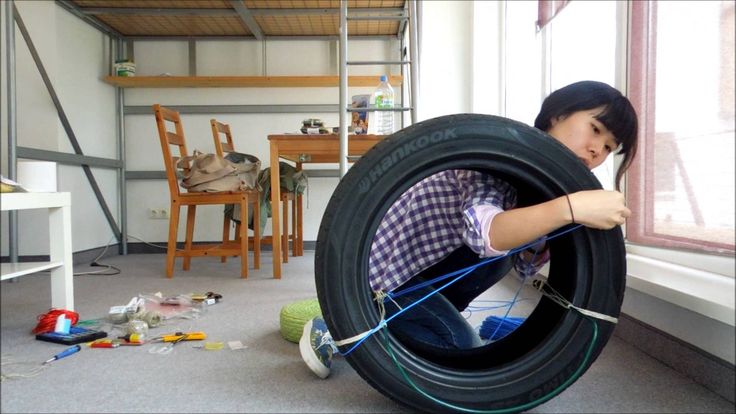 Alligators raised on commercial farms are usually killed before they grow bigger than four feet because young skin makes more desirable shoes, handbags and belts.
Alligators raised on commercial farms are usually killed before they grow bigger than four feet because young skin makes more desirable shoes, handbags and belts.
Since Young has no intention of turning his alligators into shoes, he’ll let them grow to ripe old alligator ages of 60, 70 and even 80.
That is, if they don’t run away.
Young has learned (the hard way) another alligator fact: Alligators can climb chain-link fences. Young caught one in the act once, going up and over the fence with the ease of a squirrel. He checks for tracks in the mud and snow every morning now, and occasionally finds a gator sunning on a nearby bank on the wrong side of the fence.
Then Young and four helpers each grab an alligator appendage and take the gator home. Young isn’t worried about his brood going too far. They need the warm water to survive.
And what do the neighbors think of rambling reptiles?
“We haven’t asked and they haven’t told us,” Young says.
A motorcycle tire stuck around a crocodile's neck for 6 years is finally removed The beast was seen on Palu's river with the tire around its neck becoming increasingly tighter, running the risk of choking her.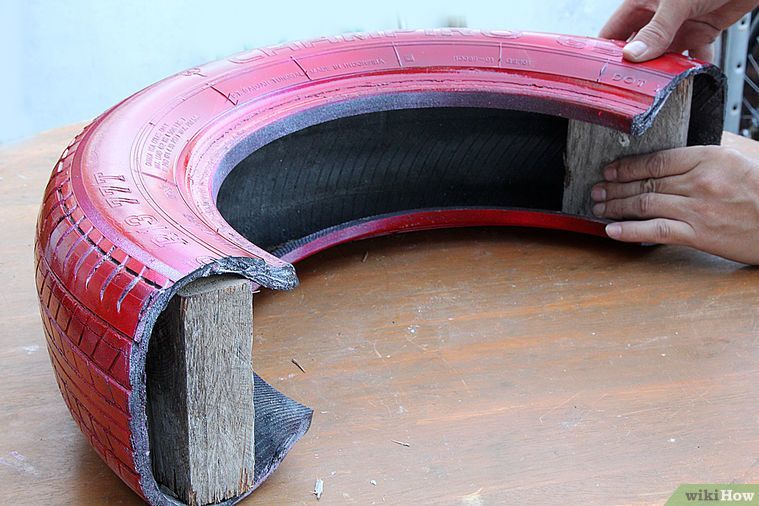
The Associated Press
A crocodile with a motorcycle tire stuck around its neck basks on a riverbank in Palu, Central Sulawesi in 2020. The wild crocodile that has the used tire stuck around its neck for six years has finally been freed by an Indonesian bird catcher in a tireless effort that wildlife conservation officials hailed as a milestone. Mohammad Taufan/AP hide caption
toggle caption
Mohammad Taufan/AP
A crocodile with a motorcycle tire stuck around its neck basks on a riverbank in Palu, Central Sulawesi in 2020.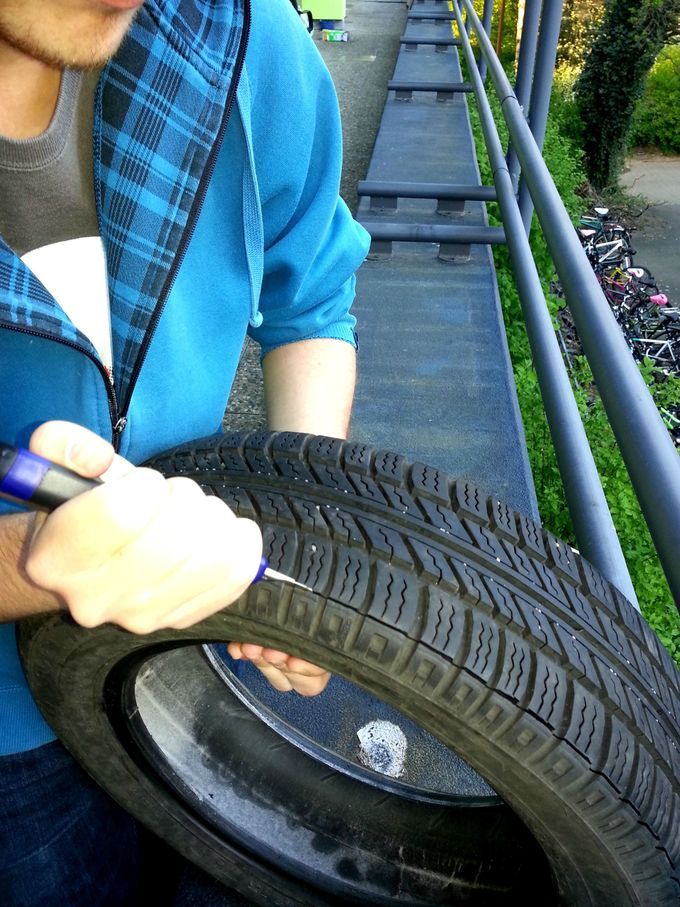 The wild crocodile that has the used tire stuck around its neck for six years has finally been freed by an Indonesian bird catcher in a tireless effort that wildlife conservation officials hailed as a milestone.
The wild crocodile that has the used tire stuck around its neck for six years has finally been freed by an Indonesian bird catcher in a tireless effort that wildlife conservation officials hailed as a milestone.
Mohammad Taufan/AP
PALU, Indonesia — A wild crocodile with a used motorcycle tire stuck around its neck for six years has finally been freed by an Indonesian bird catcher in a tireless effort that wildlife conservation officials hailed as a milestone Wednesday.
The 4.5-meter (14.8-foot) saltwater female crocodile has become an icon to the people in Palu, the capital city of Central Sulawesi. The beast was seen on the city's river with the tire around its neck becoming increasingly tighter, running the risk of choking her.
Conservation officials were racing to rescue the crocodile since residents spotted the reptile in 2016, generating sympathy among residents and worldwide.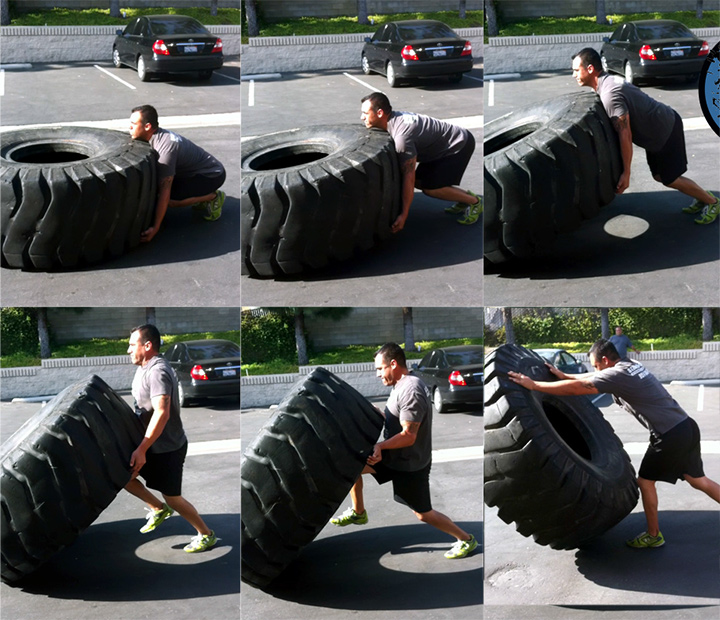 In 2020, Australian crocodile wrangler Matthew Wright and American wildlife biologist Forrest Galante tried and failed to free the reptile.
In 2020, Australian crocodile wrangler Matthew Wright and American wildlife biologist Forrest Galante tried and failed to free the reptile.
In early January, 35-year-old bird catcher and trader Tili, who recently moved to the city, heard about the famous crocodile from his neighbors and determined to rescue the reptile after he saw her frequently sunbathing at a nearby estuary.
"I have experiences and skills in catching animals, not only birds, but farm animals that are released from the cage," Tili, who goes by a single name, told The Associated Press. "I believe I can rescue the crocodile with my skills."
He stringed ropes of various sizes into a trap tied to a tree near the river, and laid chickens, ducks and birds as bait. After three weeks of waiting and several failed attempts, the crocodile finally fell into the trap Monday night. With the help of two of his friends, Tili pulled the trapped crocodile ashore and sawed through the tire, which was 50 centimeters (1.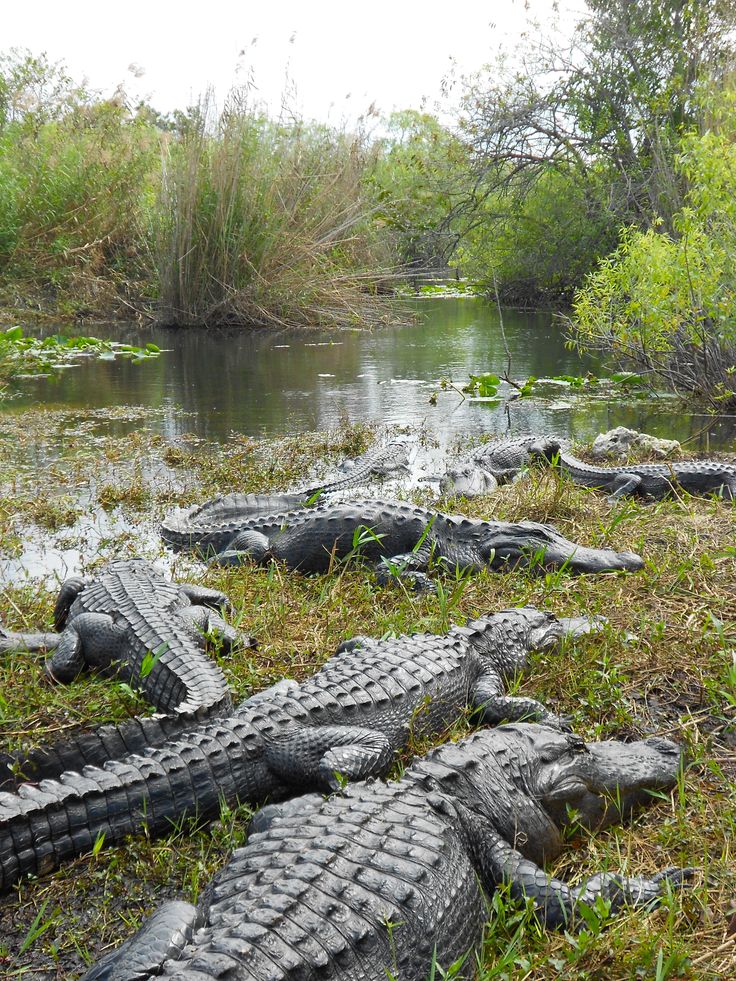 6 feet) in diameter.
6 feet) in diameter.
A video that circulated widely on the internet showed a crowd cheering nearby as Tili and his friends broke the crocodile free. Other residents then contacted firefighters and a wildlife conservation agency to help them release the animal back into the wild.
"For all of the efforts Tili has done for protected wildlife and being the kind of animal lover he is, that's a great milestone," said Haruna Hamma who heads Central Sulawesi province's conservation agency.
He said it was unclear how a used motorcycle tire got stuck around the crocodile neck. Conservationists have said that it was likely deliberately placed by people in a failed attempt to trap it as a pet or skin it for sale, but crocodiles and other swimming reptiles often travel into garbage-studded waters with nothing to stop a tire from encircling them, Hamma said.
Government data recorded 279 crocodile attacks in Indonesia, the world's largest archipelago nation with more than 17,000 islands, between 2007 and 2014.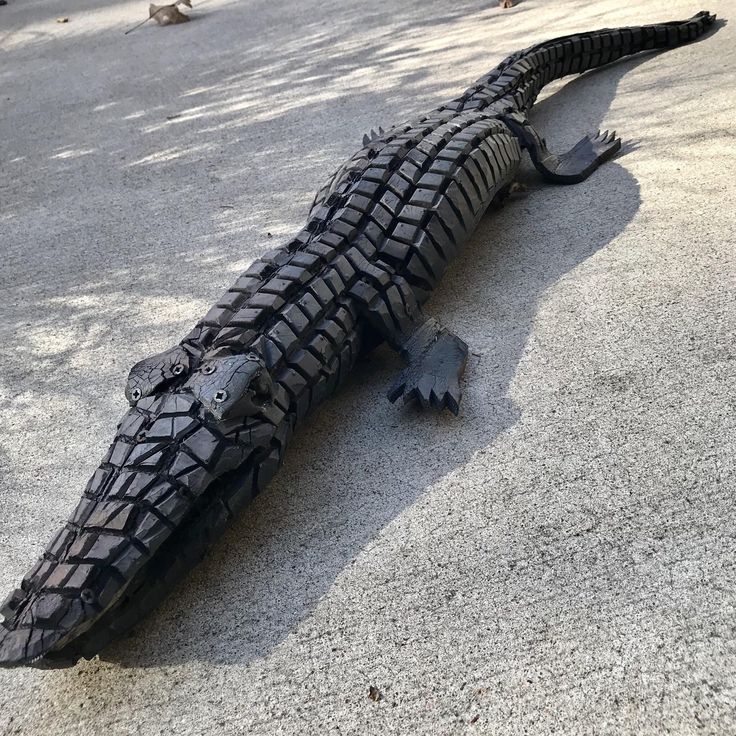 Of these, as many as 268 cases of attacks were carried out by saltwater crocodiles, of which 135 were fatal.
Of these, as many as 268 cases of attacks were carried out by saltwater crocodiles, of which 135 were fatal.
Despite the attacks, the saltwater crocodile is protected under Indonesian law.
Sponsor Message
Become an NPR sponsor
Sign up for our Context Newsletter to help you sort things out.
Image copyright Christy Kroboth
Christy Kroboth gave up her career as a dental nurse in favor of animals much more toothy than humans. She was the only woman in the alligator catcher course. She tells how this circumstance even more motivated her to demonstrate to everyone that she could jump on an animal many times her size and tightly tie its mouth.
When I first got my license, it was just a hobby for me. I went to work in dentistry, and in my free time I caught alligators.
But I was good at catching them alive, and now this is my full-time job.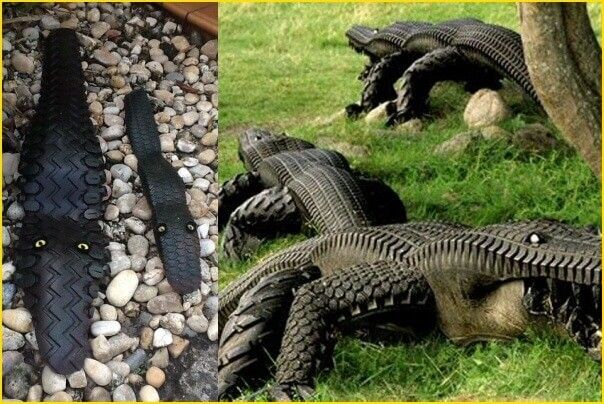
I have always been very fond of animals. I think it's from my mom. As children, when we were driving, she always stopped and helped the turtles and ducks across the road. We have always adopted stray cats, dogs and any animal that needed a home.
In south Texas, where I live, there are a lot of alligators swimming in artificial ponds.
The inhabitants are very afraid that they will eat their children or dogs, but in the last hundred years the alligator has killed only one person, so all this is prejudice.
This type of alligator has lived on Earth since the time of the dinosaurs. They are important to the ecosystem, they control all aquatic life. They are actually very shy animals and don't want to hurt anyone.
But people think they are monsters. They had this image in their head, and when I first noticed it, I thought, "What can I do to change people's perception?"
Image caption,Christie caught this giant alligator on the golf course
Skip the Podcast and continue reading.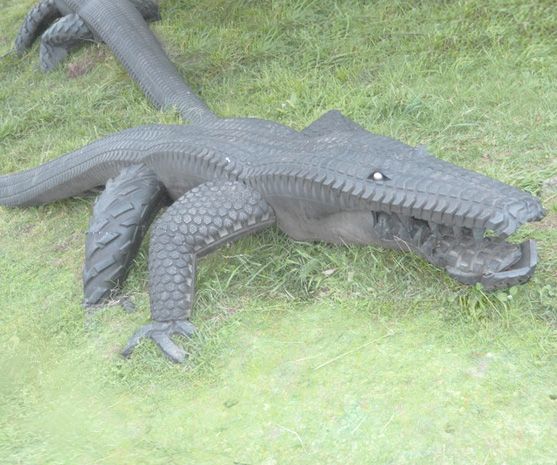
Podcast
What was that?
We quickly, simply and clearly explain what happened, why it's important and what's next.
episodes
End of story Podcast
You can't just go and catch an alligator, they are protected by the state of Texas. You need to get a special license and permission.
I registered for an alligator catcher license with the Texas Parks and Wildlife Department and completed a course.
I was the only woman in the class, and also the youngest among all the students. First we learned all the rules, laws and regulations, and then our trainer said: "Okay, you passed all the written requirements, now let's start practicing."
I had never touched an alligator before, and for a split second I thought, "I can't do this." I called my mom and said, "Mom, I can't!" And my mother, of course, answered: "Go home quickly, don't do it!"
But something inside me said, "I have to do this - not only for the sake of the alligators, but also to prove to these healthy country boys that I can.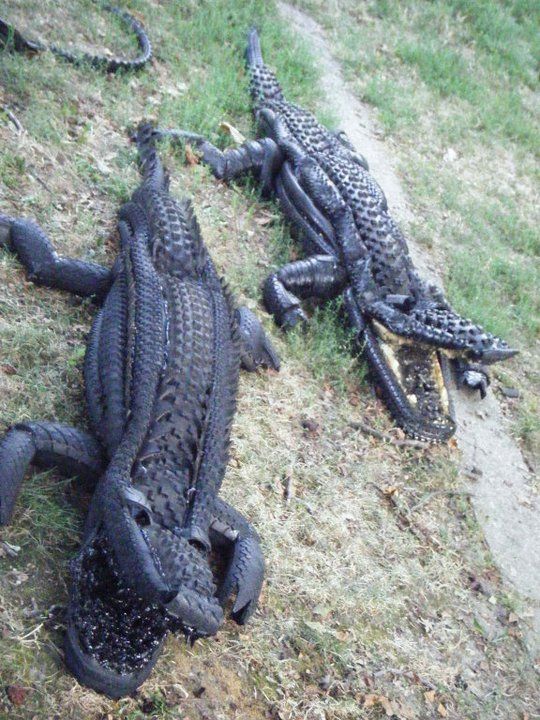 "
"
I ran to the pond, grabbed the alligator, rolled its mouth and passed the test. It was one of the happiest moments of my life and this drive didn't last all day.
Image copyright Getty Images
The biggest alligator I ever caught was 4 meters long and weighed over 408 kg. For comparison, I weigh 54 kg.
He was blind, got lost in the parking lot and could not find his way to the water.
We usually catch alligators by grabbing their jaws with both hands. Then, when you feel the moment is right, you remove one hand, take the duct tape out of your pocket, and rewind its mouth. Everything must be done quickly.
That alligator was so big that my hands were too small for its mouth. I tried to call my friends for help, but it was six in the morning and none of my volunteers answered.
I managed to get the local policeman to help me, but he didn't want to grab the alligator's mouth with his hands, which is generally understandable.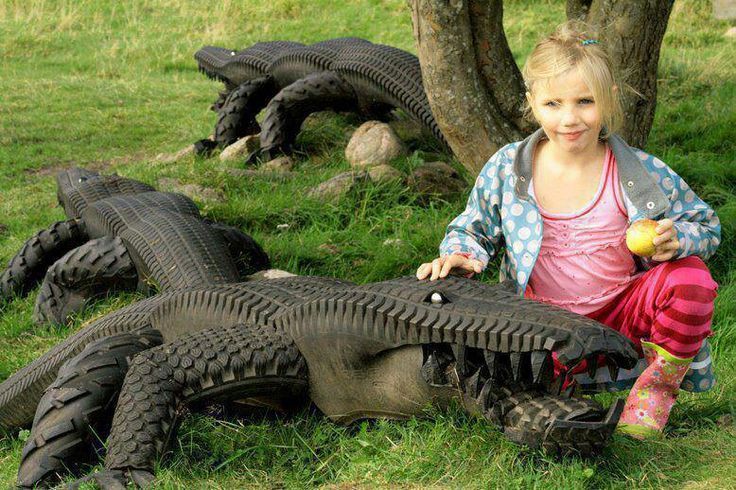
Another way to catch an alligator is to try to pin it to the ground by jumping on its back. I got this poor cop to jump on the alligator with me.
The trick is to press down on the alligator with all your weight. But the officer could not, he just seemed to be dancing around him - this is probably what any untrained person would do.
The alligator didn't like this and started fidgeting to get free. I immediately realized that nothing would come of it, so I got up to move away, but the alligator knocked me down with its tail, and I ended up right at its untied mouth.
You need to enable JavaScript or use a different browser to view this content
Video Caption,Christy Krobot and the cop trying to catch an alligator in the parking lot
We've been trying to catch this alligator for hours and we're very tired. People began to come to the parking lot, shops opened, so I had to call the wildlife inspector.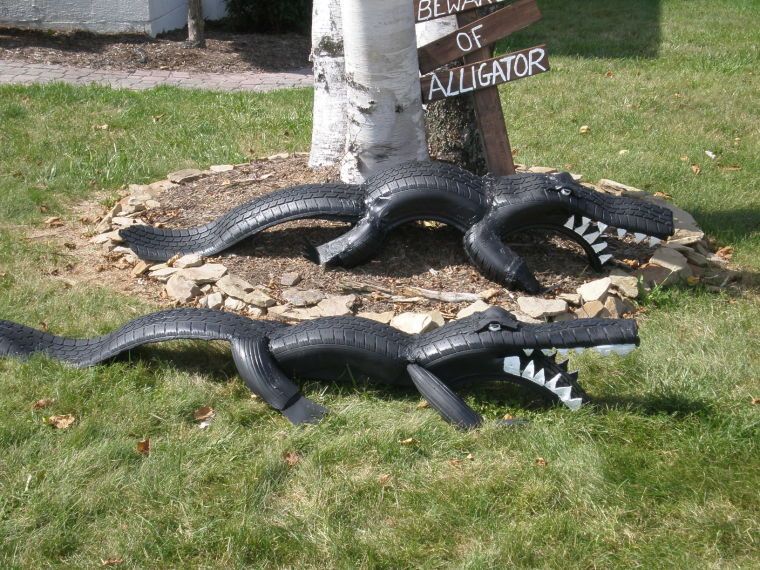
I was very sad because inspectors usually don't catch but kill alligators.
I went to my car and cried because the animal had beaten me. I called the inspector and he said, "Christy, stop crying. I'll come and help you. Don't touch the alligator until I get there."
His words gave me such a boost of energy, I was so happy. I got out of the car with the feeling that I could conquer the world, because help was hurrying to me.
Somehow I managed to approach the alligator and clasp its mouth with one hand, bandaging it with the other. We ran to the store for zip ties and tied the alligator's paws behind its back so that it couldn't escape.
Then the inspector came and said, "I told you not to catch him!"
And I answered: "I'm sorry, but I suddenly felt that I could do it, and I did it!"
We had to borrow a forklift to pick up the alligator and load it into my friend's car.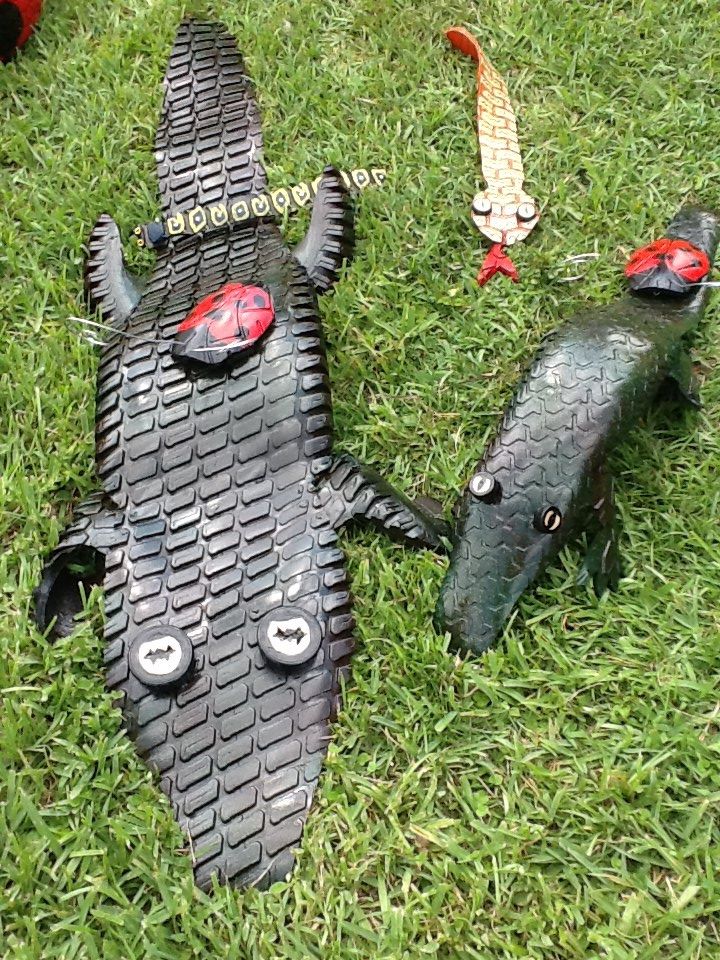
Potentially dangerous alligators that cannot be released back into the wild are taken to a huge farm with lots of ponds. But if the alligator can be released into the wild, there are several special places where we take it.
crawl on the seats and even climb into my front to help me drive. So sometimes we ride with an alligator together and wave to other motorists.
I have noticed that if the car is very cold, the alligators feel calmer. So even when it's the middle of summer in Houston - 36 degrees Celsius and high humidity - I drive in a jacket, gloves, a scarf and wrapped in a blanket, because it's very cold in my car.
But the alligator is well-behaved, and this is the most important thing.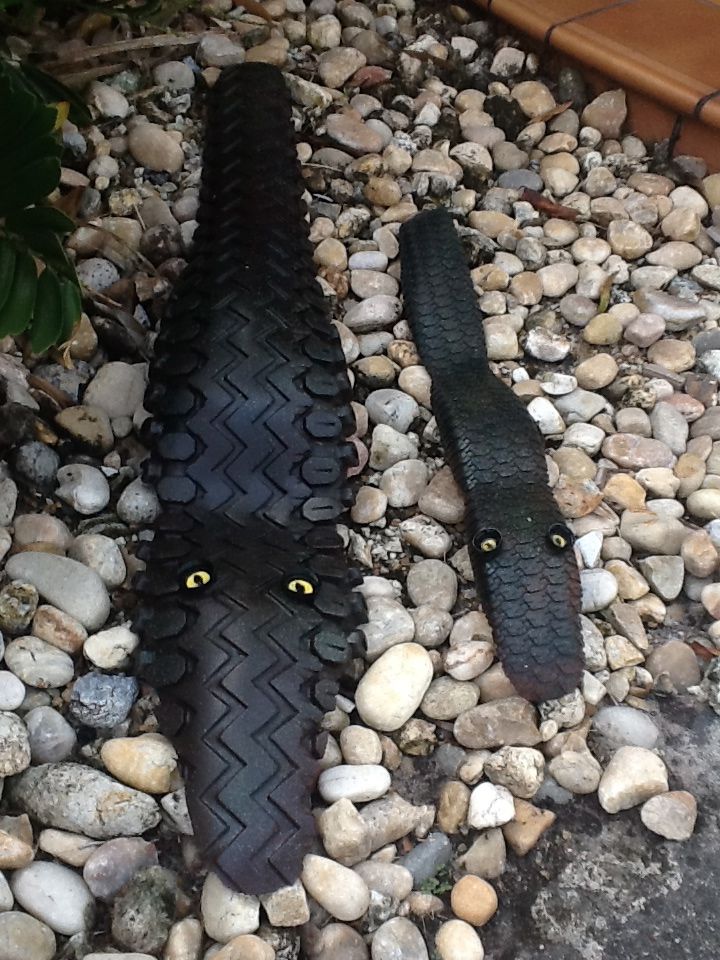
Sometimes they go to the toilet in the car and the smell is not the best, so you have to open the windows and drive on.
I think it's very important to educate everyone about the animals that live around us so that people understand that we can all live together.
I have three training alligators, their names are Cam, Taylor and Haylo. We go to schools with them and talk about these animals and the safety rules in dealing with them.
I work with these alligators every day, they are used to human hands and do not see us as a threat. Sometimes, if they are not in their enclosure, they even sit on the couch with me and watch TV.
When I go to catch alligators, sometimes I meet people who are very afraid of them at first, and then change their idea of them. Sometimes they say: "Now I understand its importance, I like it, let's give it a name." It is these changes that motivate me.
For this I wake up every day and do my work.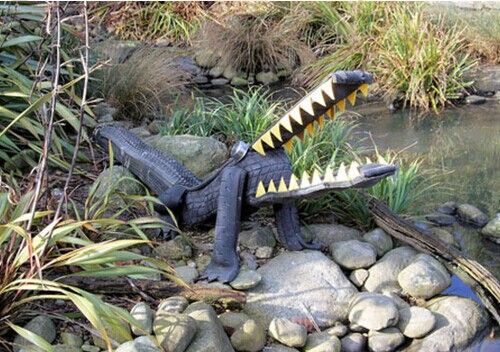
In this regard, there is a re-equipment of vehicles that have already proven their combat effectiveness. Of particular interest is the modification of the Ka-52M helicopter, which has become a deeply modernized version of the standard Ka-52 Alligator.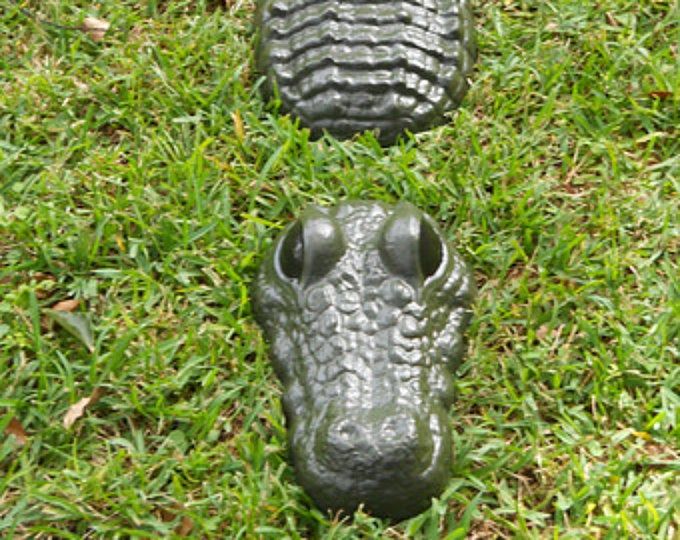 Experts note that they relied on real combat experience, trying to focus on the strengths of the helicopter. First of all, the Ka-52M received more powerful weapons, which came straight from the Mi-28NM attack helicopter. As a result, the range of destruction increased, and due to the use of a gyro-stabilized optoelectronic system, it was possible to increase the accuracy of detection and recognition of targets. As a result, firing from a cannon will be more accurate. In addition, the Ka-52M boasts an advanced radar system with an active phased array antenna, as well as a high-precision missile, which will be controlled directly from the pilot's seat. It is known about the replacement of wheels with a disc brake system, as well as tires with increased wear resistance.
Experts note that they relied on real combat experience, trying to focus on the strengths of the helicopter. First of all, the Ka-52M received more powerful weapons, which came straight from the Mi-28NM attack helicopter. As a result, the range of destruction increased, and due to the use of a gyro-stabilized optoelectronic system, it was possible to increase the accuracy of detection and recognition of targets. As a result, firing from a cannon will be more accurate. In addition, the Ka-52M boasts an advanced radar system with an active phased array antenna, as well as a high-precision missile, which will be controlled directly from the pilot's seat. It is known about the replacement of wheels with a disc brake system, as well as tires with increased wear resistance.
Of considerable interest is the possibility of using unmanned aerial vehicles in tandem with the Ka-52M, which will increase combat effectiveness, as well as increase the range of reconnaissance systems with early detection of a potential enemy.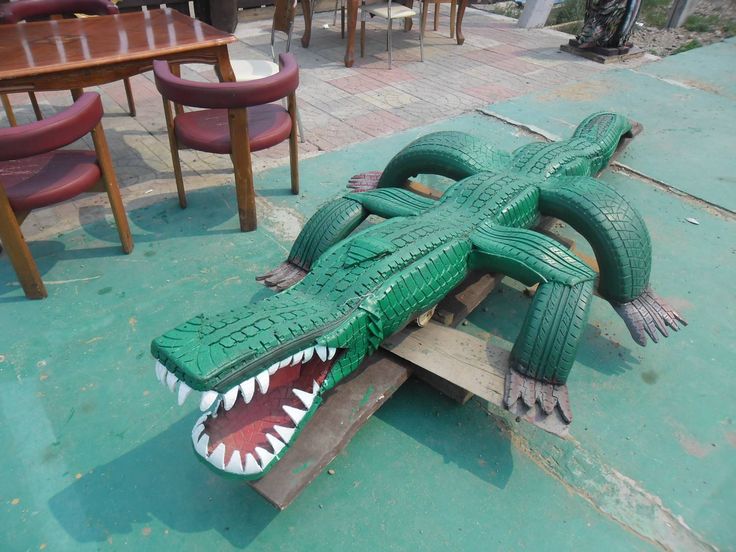 It is impossible to call a helicopter defenseless in a real battle, because it has received a new airborne defense system, which will increase survivability during a collision with any modern anti-aircraft and missile systems due to improved ballistic protection. Some of this information was already known, while some developers told the press during various interviews. But many people forget that the use of such combat vehicles in summer and winter has its own differences. Apparently, it was decided to prepare the Ka-52M for the cold.
It is impossible to call a helicopter defenseless in a real battle, because it has received a new airborne defense system, which will increase survivability during a collision with any modern anti-aircraft and missile systems due to improved ballistic protection. Some of this information was already known, while some developers told the press during various interviews. But many people forget that the use of such combat vehicles in summer and winter has its own differences. Apparently, it was decided to prepare the Ka-52M for the cold.
It is reported that the helicopter will receive blades with a heating element, covered with a durable composite material. This will avoid icing in the most severe weather conditions. According to some reports, initially such a system was supposed to go into service with the Ka-52K Katran helicopter, but after that it was decided to expand the upgrade to the Ka-52M. Experts highly appreciated constructive innovations. Firstly, in winter there is indeed a problem of icing, which means that preparation for a flight may take some time, since the blades need to be warmed up. With the use of a heating element, the take-off speed is reduced to a minimum. Also of interest is the composite material of the blades. The fact is that in the event of an unforeseen situation, traditional aluminum blades can be damaged, which will lead to the complete destruction of the lifting mechanism and a forced emergency landing. At the same time, composite blades compare favorably with aluminum, because even after partial damage they continue to maintain their integrity.
With the use of a heating element, the take-off speed is reduced to a minimum. Also of interest is the composite material of the blades. The fact is that in the event of an unforeseen situation, traditional aluminum blades can be damaged, which will lead to the complete destruction of the lifting mechanism and a forced emergency landing. At the same time, composite blades compare favorably with aluminum, because even after partial damage they continue to maintain their integrity.
recommendations
Several modernized Ka-52Ms are known to take part in the area of the special operation. According to the results of test flights, the relevant conclusions have already been made, and the Ministry of Defense is interested in purchasing serial models. Large-scale production will start at the Progress plant in Arsenyev, and some units will be finalized taking into account combat experience. Engineers note that they have prepared everything for serial assembly, which means that the process will be launched after the completion of the final tests.